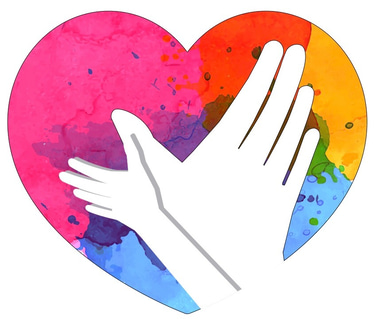Understanding ABA Therapy: A Beginner's Guide for Parents
Applied Behavior Analysis (ABA) is a therapy based on the science of learning and behavior. ABA therapy applies our understanding of how behavior works to real situations. The goal is to increase behaviors that are helpful and decrease behaviors that are harmful or affect learning. It has been widely recognized as an effective treatment for children with autism.
What is ABA Therapy?
At its core, ABA therapy is a highly individualized, evidence-based approach to understanding and improving behavior. ABA focuses on the principle that positive reinforcement can lead to changes in behavior, making it particularly effective for children with autism spectrum disorder (ASD) and Attention Deficit Hyperactivity Disorder (ADHD). Through ABA therapy, children learn to develop skills that enhance their communication, social interactions, and academic performance while reducing behaviors that may interfere with learning and development.
Phases of ABA Therapy
ABA therapy involves several key phases, beginning with an in-depth assessment by a certified behavior analyst. This assessment aims to understand the child's current abilities, challenges, and the contexts in which certain behaviors occur. Based on this assessment, a personalized treatment plan is developed, focusing on specific, measurable goals.
Key Techniques in ABA
Discrete Trial Training (DTT): This technique breaks down skills into small, manageable steps, providing opportunities for repeated practice and reinforcement.
Pivotal Response Training (PRT): PRT focuses on improving pivotal skills, such as motivation and self-management, which are crucial for broader learning.
Natural Environment Training (NET): NET teaches skills within natural, everyday contexts, promoting the generalization of learning
.
Benefits of ABA Therapy
The benefits of ABA therapy are manifold. Beyond the development of specific skills, ABA helps improve overall quality of life for both the child and their family. Children often experience significant improvements in communication and social skills, which in turn, can lead to better relationships with peers and family members. Additionally, ABA techniques help in reducing challenging behaviors, making daily routines more manageable.
Embracing the Journey
ABA therapy is not a quick fix but a journey of continuous learning and growth. It requires commitment from parents, therapists, and the child. However, the results can be life-changing, providing children with the tools they need to navigate the world more effectively.
This guide aims to start you on your path to understanding ABA therapy, offering hope and practical insights for your child's developmental journey. Remember, you're not alone; with the right support and resources, your child can achieve remarkable progress.


